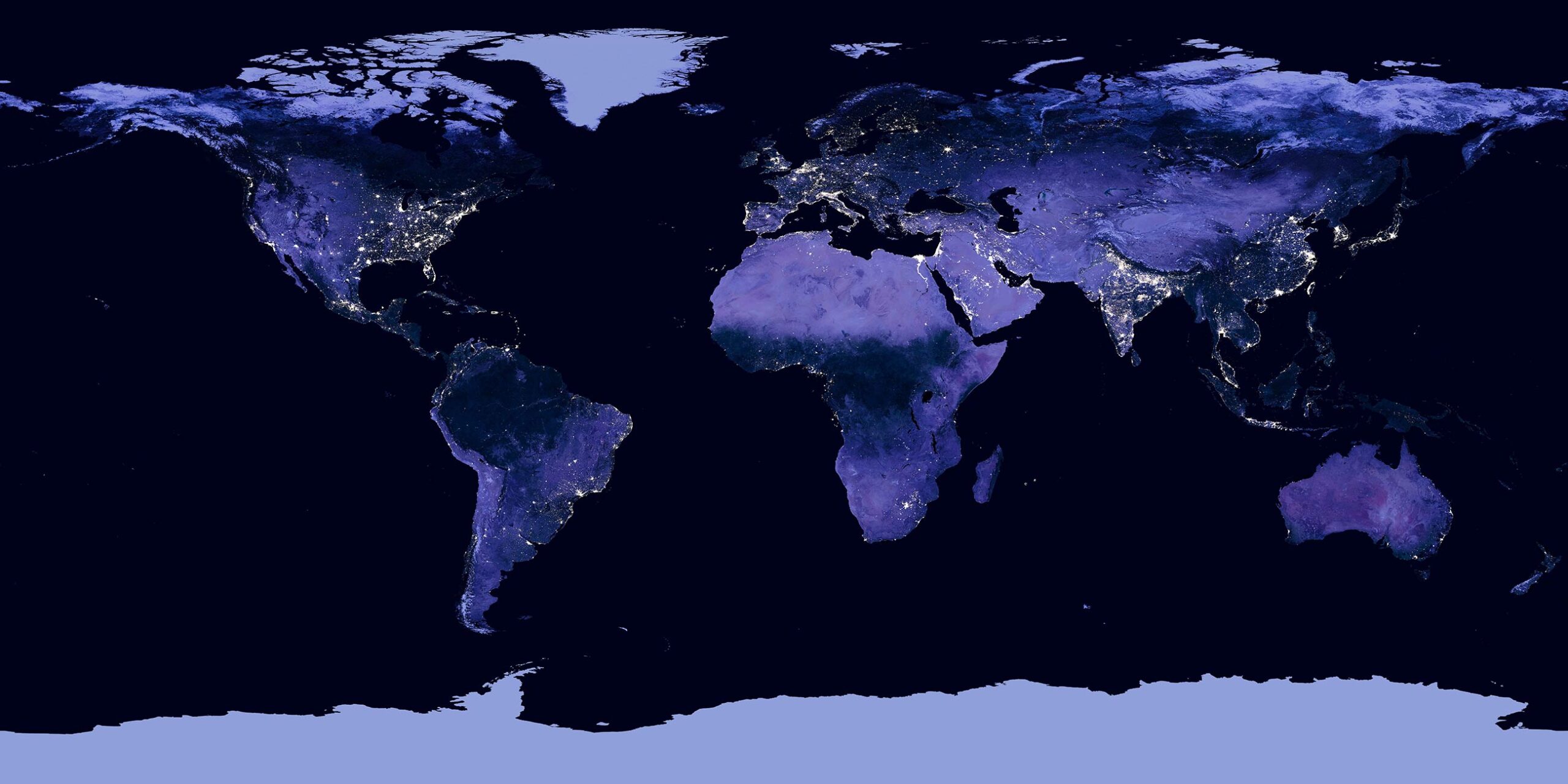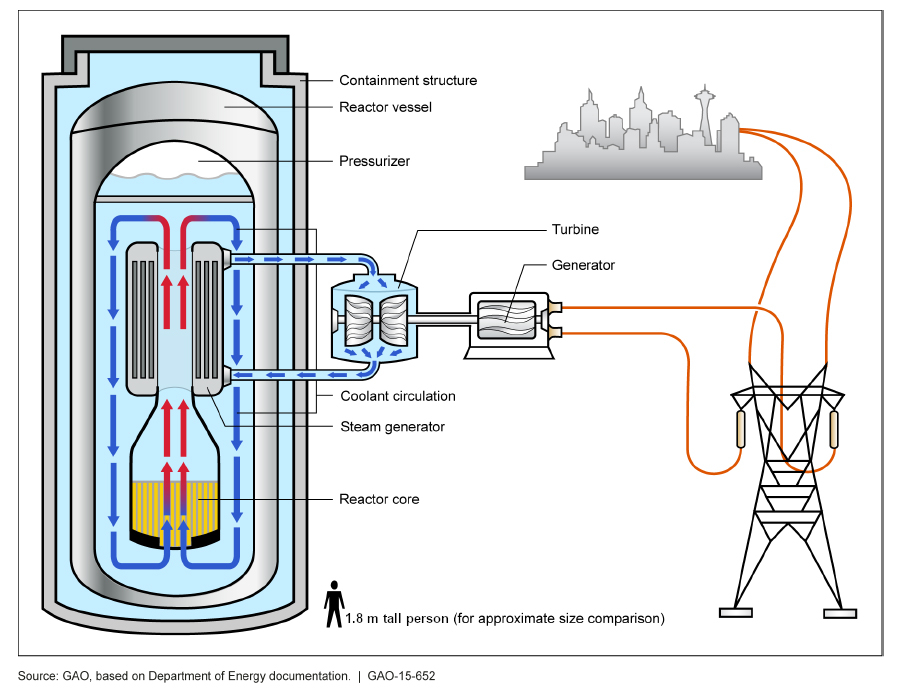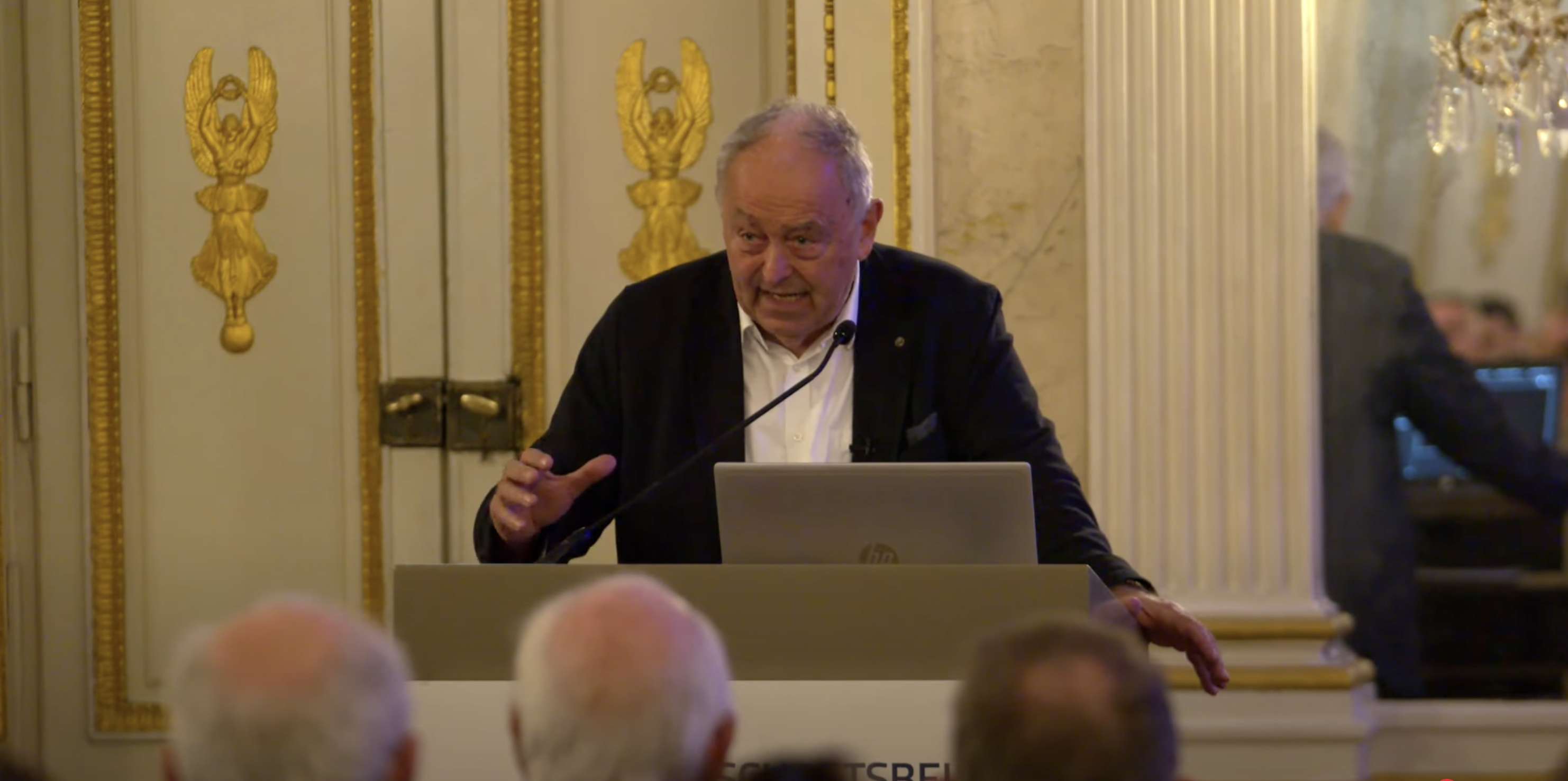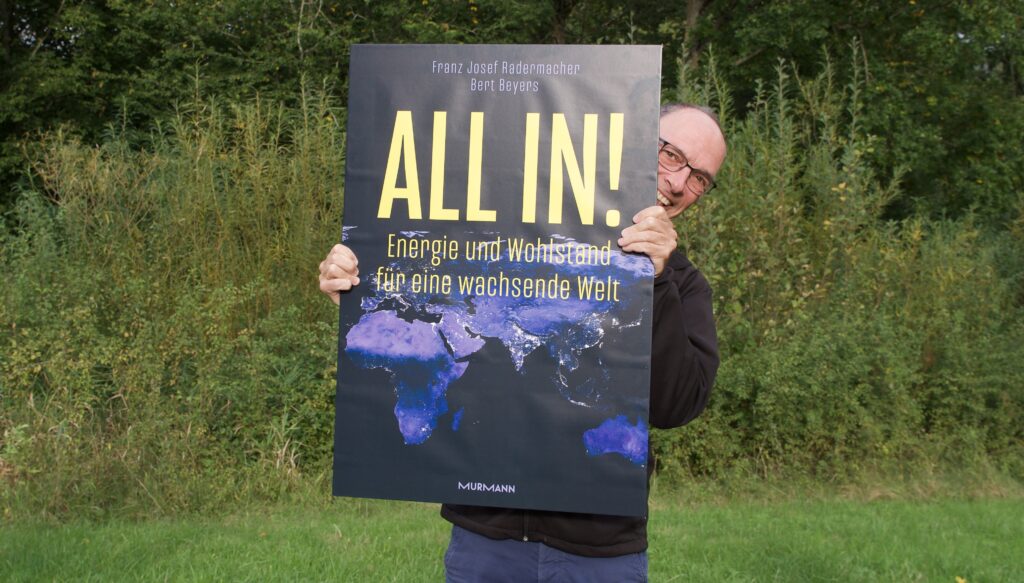At this point, some news of the last few weeks will be addressed which, from GES’ point of view, are reason for hope because they contain building blocks of a possible global solution and / or could help to develop a realistic view of the challenges ahead of us.
The concretisation of a G7 climate club is slowly taking shape. The heads of state and governments of the seven leading industrial nations have agreed on a charter for a climate club. Further partners are to be won for the project. German Chancellor Olaf Scholz proposed the climate club last year. The idea behind it: On the one hand, emissions in the industrial sector are to be reduced, on the other hand, countries that lead the way in climate protection are to be protected against states with lower environmental standards. GES’ opinion: In principle, the idea is heading in the right direction, but it should not remain a club of G7 countries. This way, cooperation with developing countries would once again fall by the wayside. In addition, various chronically underfunded special climate programmes would have to be integrated.
At the UN World Summit on Nature in Montreal, around 200 countries agreed to protect about one third of the world’s land and marine areas by 2030. The rich countries are to provide the poorer countries with around 20 billion US dollars by 2025. However, experience from international climate negotiations shows, that such political promises are repeatedly made, but practically never kept.
The Höegh Esperanza LNG (liquified natural gas) special ship has gone into service in Wilhelmshaven. The ship can convert delivered liquefied gas back into a gaseous state. Meanwhile, the Ministry of Economics expects an overcapacity of LNG infrastructure for Germany if all ten planned LNG terminals are realised. The volume supplied would then exceed that of the former pipeline gas from Russia. However, LNG is significantly more expensive than gas from Russia. Moreover, the LNG supply chain also produces considerable amounts of greenhouse gases, especially methane. In comparison, see this recent GES publication.
H2-Global has launched the first auction process for hydrogen products. The aim is to conclude ten-year supply contracts (from the beginning of 2024 to the end of 2033) for ammonia, methanol and e-kerosene. The hydrogen derivatives are to meet certain sustainability criteria and be offered to interested buyers in Germany. The products will be produced outside Europe and delivered to Germany. The goal of H2-Global is to promote an international market ramp-up through financial support.
Haru Oni, the world’s largest production plant for e-fuels, has gone into operation in southern Chile. In an interview with GES, Thorsten Herdan from HIF Global explains the further expansion stages. GES believes that climate neutrality for 1.3 billion cars and trucks is not possible without e-fuels.
The German government has corrected its negative stance on Carbon Capture and Storage (CCS). Economics Minister Robert Habeck announced that CO2 is to be stored on German territory. A corresponding law is planned for 2023. The second evaluation report on the Carbon Dioxide Storage Act is now available. GES has examined the most important Net Zero scenarios. CCS plays a central role in all of them.
A new hydrogen pipeline is to be built in the Baltic Sea to supply neighbouring states with green hydrogen from Finland and Sweden. The Baltic Sea Hydrogen Collector is backed by Gasgrid Finland, Nordion Energi, the wind farm developer OX2 and the investment company Copenhagen Infrastructure Partners. The pipeline is scheduled for completion in 2030.
A pipeline system for hydrogen from the Baltic Sea to the south is to be built in Germany. Three transmission system operators have agreed on this: Gascade, Ontras, and Terranets Bw. By 2025, existing pipelines are to be converted for the transport of hydrogen. Further expansion is planned.
Spain, Portugal and France have also agreed to build a pipeline for green hydrogen. H2Med is to run from Barcelona to Marseille and to be laid in the Mediterranean. Completion is planned for 2030. Costs: around 2.5 billion euros. The green hydrogen is to be produced mainly in Portugal and Spain.
In Denmark, a pilot project to store CO2 in a former oil field in the North Sea has now received approval. The project is called Greensand and is expected to absorb up to 1.5 million tonnes of CO2 annually by the end of 2015. From 2030, the capacity is to increase further.
According to the International Energy Agency (IEA), coal consumption will reach a new peak this year. This level is expected to be maintained until around 2025. Asia in particular has a high demand. Meanwhile, the British government has approved a new coal mine for the first time in 30 years.
Scientists in the USA report a success in nuclear fusion. For the first time, more energy output than input has been achieved in the experiments. Nevertheless, the world will have to wait a long time for a fusion power plant. GES considers further innovations to be elementary. But time is pressing. Therefore, the energy and climate crisis must be tackled with existing technology.
GES member Marco Wehr in his podcast on the topic: We can only save the climate together.




